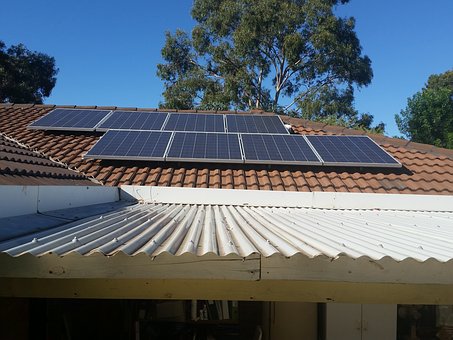Maryland Net Metering Installations Reach 50 Percent of 1.5-Gigawatt Limit: PSC Report

The number of net-metered facilities in Maryland has been growing in recent years, but the current installed capacity of about 754 megawatts is just over half of the eligible cap, according to the Maryland Public Service Commission’s annual report issued on Sept. 24. The agency does not recommend changes to the cap as it is not a barrier to the deployment of new renewable generation at this time. The limit is expected to be reached in 2025 or 2026 if current rates of installation continue, the report said.
Installed capacity grew by 13 percent in 2019 relative to the 2018 reported capacity. The projection on future installed capacity is based on the average capacity growth for the past two years and an assumption of 154 megawatts in community solar net metering.
The forecast does not include any additional capacity that may be added to the community solar program due to changes in regulations. In May, the state enacted a law extending the program through 2024 and removing the limit on the maximum number of subscribers in the program. So far, the commission has accepted 106.8 megawatts of shared solar projects.
The net metering cap represents 10 percent of the peak demand in 2014. The capacity of an electric generating system used by an eligible customer-generator for net metering may not exceed 2 megawatts.
This is the eleventh report on the status of the program, describing the amount of capacity by type of energy resource from net-metered facilities and recommendation on whether the cap on eligible capacity should be altered.
EnerKnol Pulses like this one are powered by the EnerKnol Platform—the first comprehensive database for real-time energy policy tracking. Sign up for a free trial below for access to key regulatory data and deep industry insights across the energy spectrum.
ACCESS FREE TRIAL